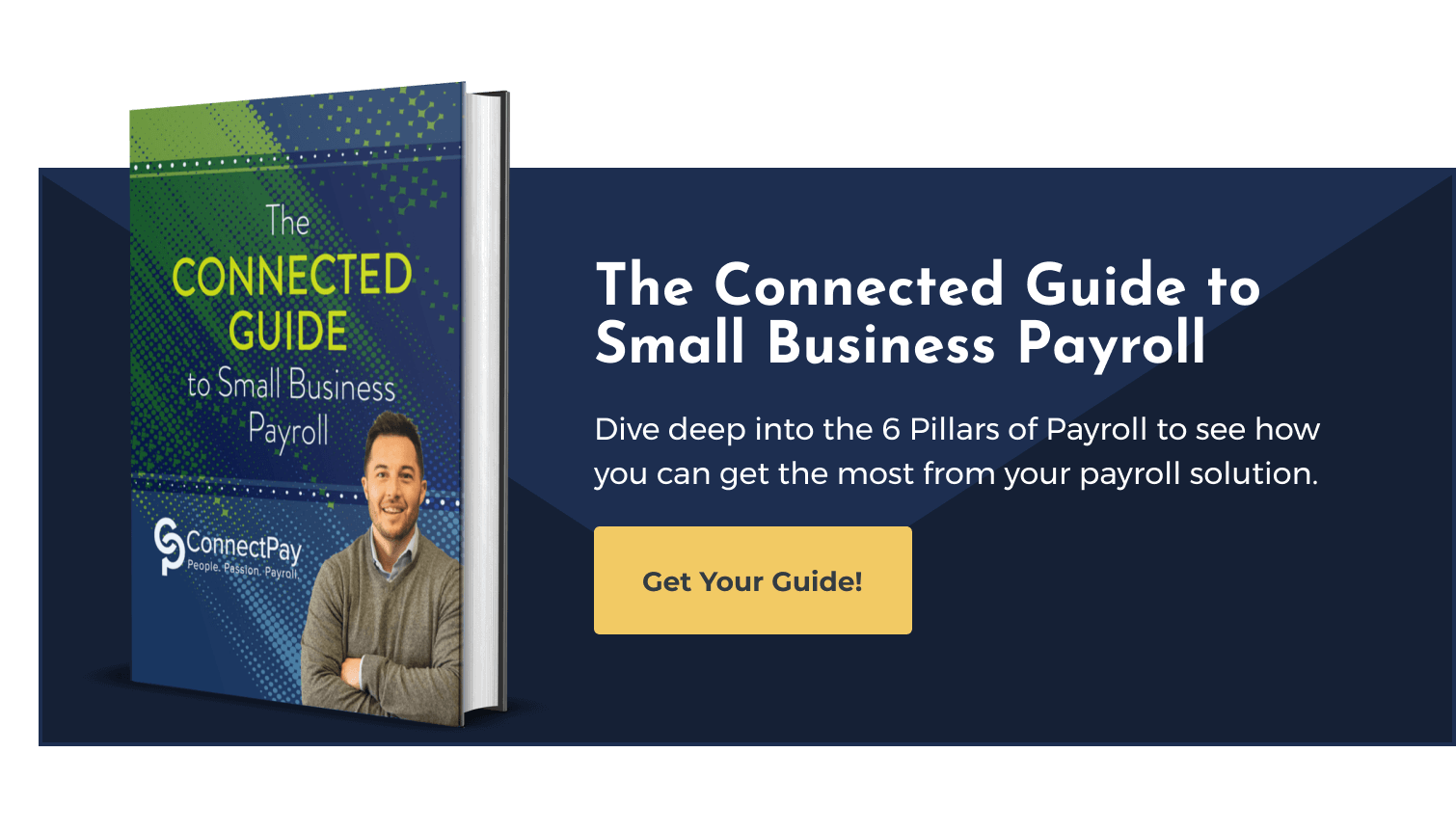Celebrate National 401K Day With These 5 Retirement Savings Tips

Much like a snowball rolling down a hill accumulates more snow, contributing to a 401k helps your employees accumulate wealth and prepare for their future. It’s a win-win — you attract talent, and your employees set themselves up for a comfortable retirement.
Sometimes it can be challenging to talk to employees about saving — maybe it’s a touchy subject — but on National 401k Day, you have the perfect opportunity!
In this article, we’ll guide you in helping your employees maximize their retirement savings. We’ll explore various aspects of 401(k) plans, from understanding their importance and how they work to managing fees and diversifying investments. Let’s dive in!
The 4-1-1 on 401k Day
There’s a day for left-handers, a day for pancakes, and yes, there’s even a day for 401(k)s!
What is a 401(k)? It’s a retirement savings plan sponsored by employers (that’s you!). Offering a 401(k) plan helps your employees save a portion of their salary before taxes are taken out. They won’t pay taxes on it until they retire and start withdrawing the money.
Related Read: Pre-Tax Benefits vs. Post-Tax Benefits: Understanding the Difference
A 401(k) is an enticing part of a benefits package as it can help secure financial security in retirement. And there’s a national 401(k) Day to encourage people to look closer at their retirement plans — just like having a regular checkup with your doctor — to see if your retirement plans are on track.
Encourage your employees to check their account balances, assess contribution levels, and rebalance their portfolios.
The day also promotes retirement savings education. Only 70% of Americans are prepared for retirement, leaving a significant portion of the population potentially facing financial difficulties during their golden years.
Should you offer a 401(k) plan to your employees? It’s certainly an attractive feature for prospective hires who are financially savvy. These potential employees seek a company supporting their long-term financial goals. It might just set your small business apart.
Let’s look at some tips you can share with your employees to help them get the most out of a 401(k) plan. Pro tip: Feel free to share this blog with them directly!
Tip #1: Start Early
Hey employees: The earlier you start, the more wealth you accumulate.
Compound interest is the gift that keeps on giving. When you invest money, you earn interest on your investment. During the following periods, you make interest on both your initial investment and interest already accrued. The process is repeated over and over, and your investment grows exponentially over time.
Even a few years can make a big difference. For example, starting in your 20s instead of your 30s can translate into thousands, if not hundreds of thousands of dollars by the time you retire.
Equally important as starting early is staying in the game for the long run. If you cash out before you reach 59 and a half, you will have to pay income tax on the amount you withdraw and be hit with a 10% penalty. You’ll also lose out on potential future earnings. Patience pays dividends.
Tip #2: Max Out Your 401k
Hey employees: Consider maxing out your 401(k) contributions to boost your savings significantly.
In simple terms, maxing out is contributing the maximum amount allowed by the IRS each year into your account. As of 2023, the maximum amount is $22,500. However, the total contribution limit (including employer contributions) is $66,000 at the time of writing.
Note: If you’re 50 and older, you can add up to $7,500 more annually, thanks to a catch-up contribution provision.
If you can max out your contributions, you’re accelerating your retirement savings. You’ll have more money invested and benefit more from the magic of compound interest over time.
Then there are the tax savings! Whatever you contribute to your 401(k) is pre-tax, meaning you reduce your taxable income for the year. You can’t just set it and forget it, however. The market fluctuates, and regular rebalancing ensures you maintain your desired risk level and stay on track to meet your retirement goals.
Tip #3: Roth or Traditional 401k?
There are two 401(k) options: Roth or Traditional.
The main difference lies in the tax treatment of your contributions and withdrawals. In a traditional 401(k), you contribute with pre-tax dollars. The money is deducted before taxes, reducing your annual taxable income. However, when you retire and start withdrawing the money, you’ll pay taxes on both the contributions and any earnings.
Roth contributions are made with after-tax dollars. You pay taxes up front, but when you retire, withdrawals are tax-free if you meet specific requirements. For a deeper dive into this, check out our article Roth vs. Pre-Tax 401(k): Which is Better For Your Employees?
Another option is diversifying your retirement savings between a Roth and a traditional 401(k). You can then access both taxable and tax-free income in retirement. Diversifying within your 401(k) is also essential by spreading your money across investments and managing risk.
Tip #4: Look Out for Investment Fees
Fees might seem small, almost negligible, but they add up over time and can take chunks out of your retirement savings. The two main fees you’ll encounter are investment and administration fees.
Administrative fees include the costs of recordkeeping, legal, trustee services, and overall running of the plan. Fees will be spread out among all plan participants. Investment fees include management of the investment funds within your 401(k) and vary significantly from one fund to another.
A 1% or 2% fee may seem small, but it can significantly reduce your retirement savings over time. Over 35 years, a 1% fee could reduce your retirement savings by nearly 28%!
Your financial advisor can explain the fees associated with your 401(k) plan and help you choose investments that match your risk tolerance and retirement goals. Also, they can ensure that your 401(k) is still on track to meet your retirement goals and that fees aren’t eating into your savings too much.
Tip #5: Embrace Matching Contributions
As an employer, matching your employees’ contributions brings mutual benefits.
How does it work? You contribute the same amount for every dollar your employee contributes up to a certain percentage of their salary. It’s like free money for your employees. Why would you do this? It shows your employees that you care, and they’ll appreciate the help in saving for their retirement.
Related Read: Why Offer a 401(k) Plan?
More importantly, you’ll attract and retain top talent. People are concerned (perhaps more than ever) about their financial future, so offering matching 401(k) contributions can make your company stand out.
How Does Your Payroll Provider Help?
Implementing a 401(k) plan is a significant undertaking for a small business. However, many payroll providers offer integrated 401(k) services or can connect you with local experts in retirement planning. Working with a payroll provider can streamline administrative tasks, reduce errors, and save time.
Related Read: 6 Top Payroll Outsourcing Companies
- Automating contributions: Each pay period, the employee’s designated contribution is automatically deducted from their paycheck and deposited into their 401(k) account. This reduces paperwork and ensures that contributions are consistent.
- Regulatory compliance: A payroll provider can help you navigate regulations and ensure your plan remains compliant, reducing your risk of fines or penalties.
- Employee Enrollment: Payroll providers can assist with employee enrollment and education. Their resources can help your employees learn the benefits of 401(k)s and help them make informed investment decisions.
- Everything in one place: With a payroll provider handling your 401(k), you won’t have to worry about juggling multiple systems or contacts. This can make managing your 401(k) plan less difficult.
National 401k Day: It’s Just the Beginning
National 401(k) Day urges us to consider retirement, dust off our portfolios, or create one! 401(k) plans can significantly impact our golden years, so it’s crucial to remind ourselves to check in on them.
As a small business owner, you’re juggling multiple plates, and if implementing a 401(k) plan feels like an extra burden, ConnectPay is here to help. We can connect your business with experts in 401(k) and local brokers to help navigate the intricacies of retirement planning.
Check out the Connected Guide to Small Business Payroll today for a more in-depth look at payroll processes and how to efficiently manage payroll for your business.






